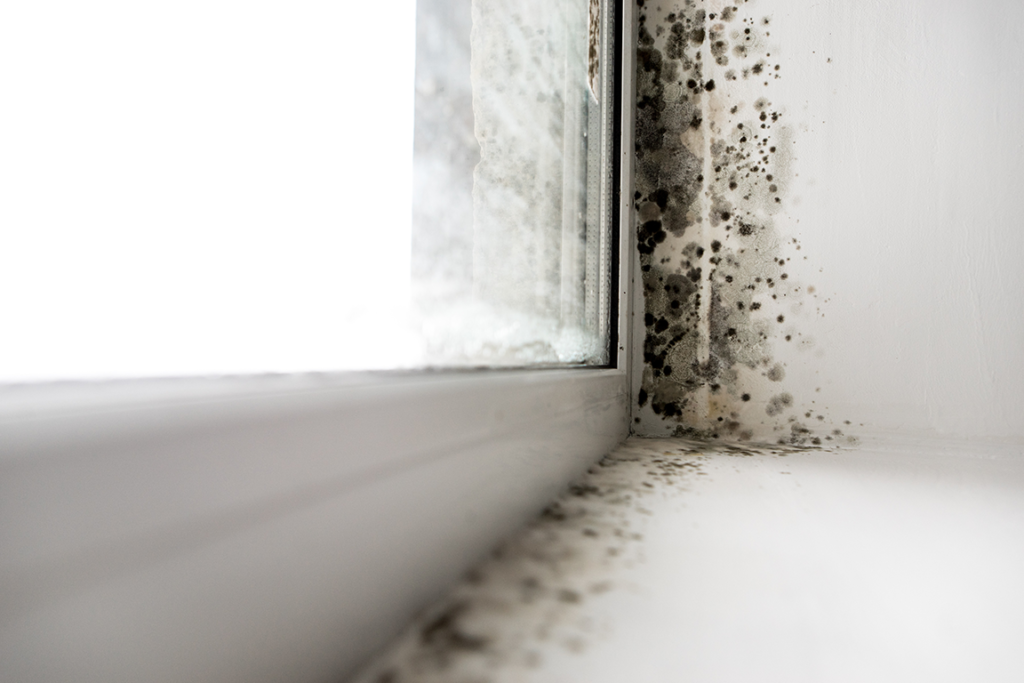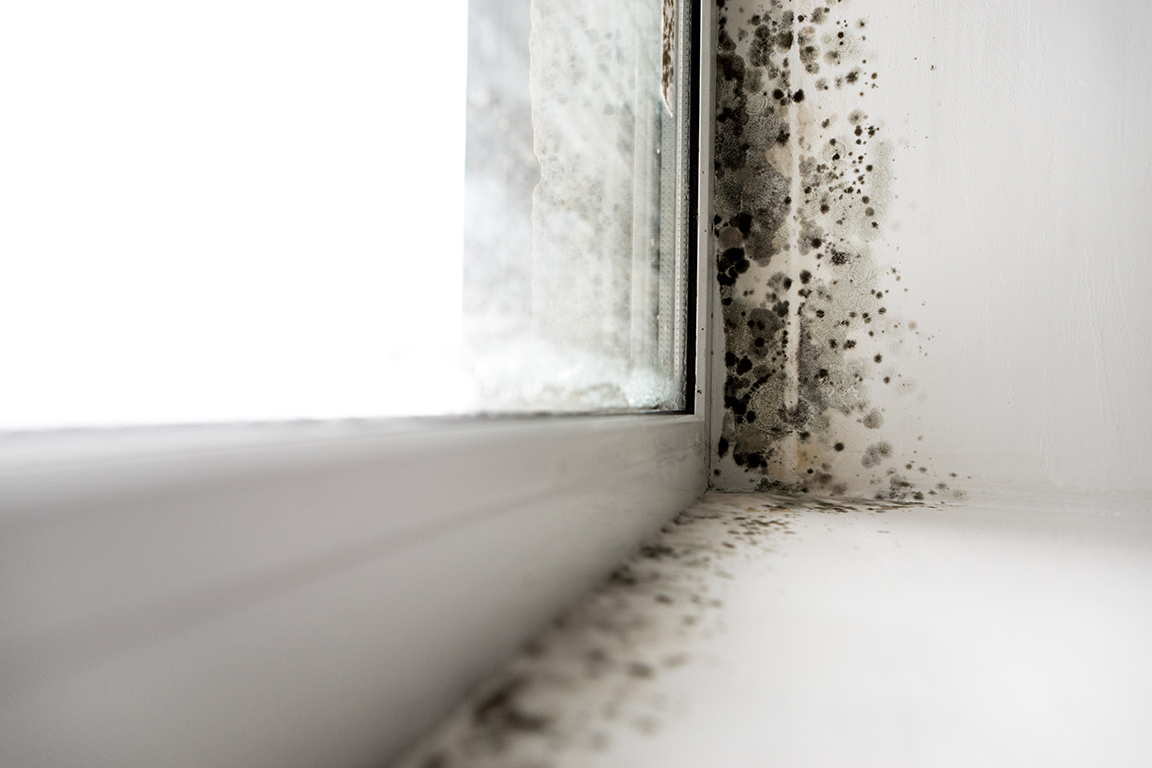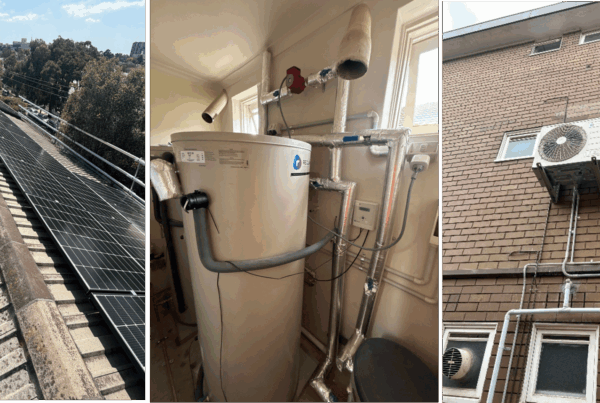Mould, fungi, and bacteria that thrive in damp environments with inadequate ventilation emit spores, allergens, mycotoxins, endotoxins, and microbial volatile organic compounds into the air.

These sub-micron fungal fragments can contribute to adverse health effects, like asthma, due to their small size and biological composition.
Fungal fragments can stay airborne longer than larger fungal spores and can penetrate deeply into lungs due to their small aerodynamic diameter.
The primary indicators of dampness and microbial growth are:
- Condensation on surfaces or in structures such as windows
- Visible mould, especially black mould
- Perceived mouldy odour
- Poorly maintained air-conditioning systems
- A history of water damage (exterior leaks, wet basement, leaking plumbing)
These emissions are inflammatory to humans and can damage airways as well as interfere with the healthy production of hormones, leading to a variety of respiratory diseases and the promotion of chronic fatigue syndrome.
Asthma and allergic respiratory diseases
Dampness and mould hypersensitivity syndrome (DMHS) typically presents with mild to moderate signs of irritation of the respiratory tract and/or the eyes. As the condition progresses, it may become chronic. The health effects of DMHS may include allergic respiratory diseases, asthma, allergic rhinitis, exogenous allergic alveolitis, and respiratory tract infections/bronchitis.
Non-respiratory conditions
Studies suggest non-respiratory conditions associated with mould toxicity and DMHS may be associated with the toxins released in water-damaged buildings, resulting in physiological dysfunction, as well as chronic neurological and immunological diseases. Postural tachycardia syndrome (POTS) and myalgic encephalomyelitis or chronic fatigue syndrome (CFS/ ME) was also seen to be common in those exposed to indoor air dampness and mould at schools and/or homes.
At the Mould Management Clinic, patients presenting with chronic respiratory conditions, chronic neurological or immunological diseases are evaluated for mould toxicity. Mould toxicity should first determine if the patient has a high likelihood of a condition caused by building dampness. It is possible to measure the level of humidity or directly measure contaminants in the air, on surfaces, or in dust via four basic methods: culture, nonculture, chemical assays for key toxic molecules, and immunoassays.
Managing these conditions
Addressing the root cause begins with decreasing exposure. An individual’s ability to detoxify or bio-transform and excrete toxic substances is of critical importance to overall health. While the concept that toxins accumulate in the body and are the cause of various health problems has long been a fundamental tenet of traditional healthcare systems around the world, understanding toxicity, including mould and mycotoxin toxicity, and taking practical steps to improve biotransformation is a recent concern and now a primary approach to supporting a patient’s health and well-being.

Author: Dr R Sager, Nutritional Biochemist










